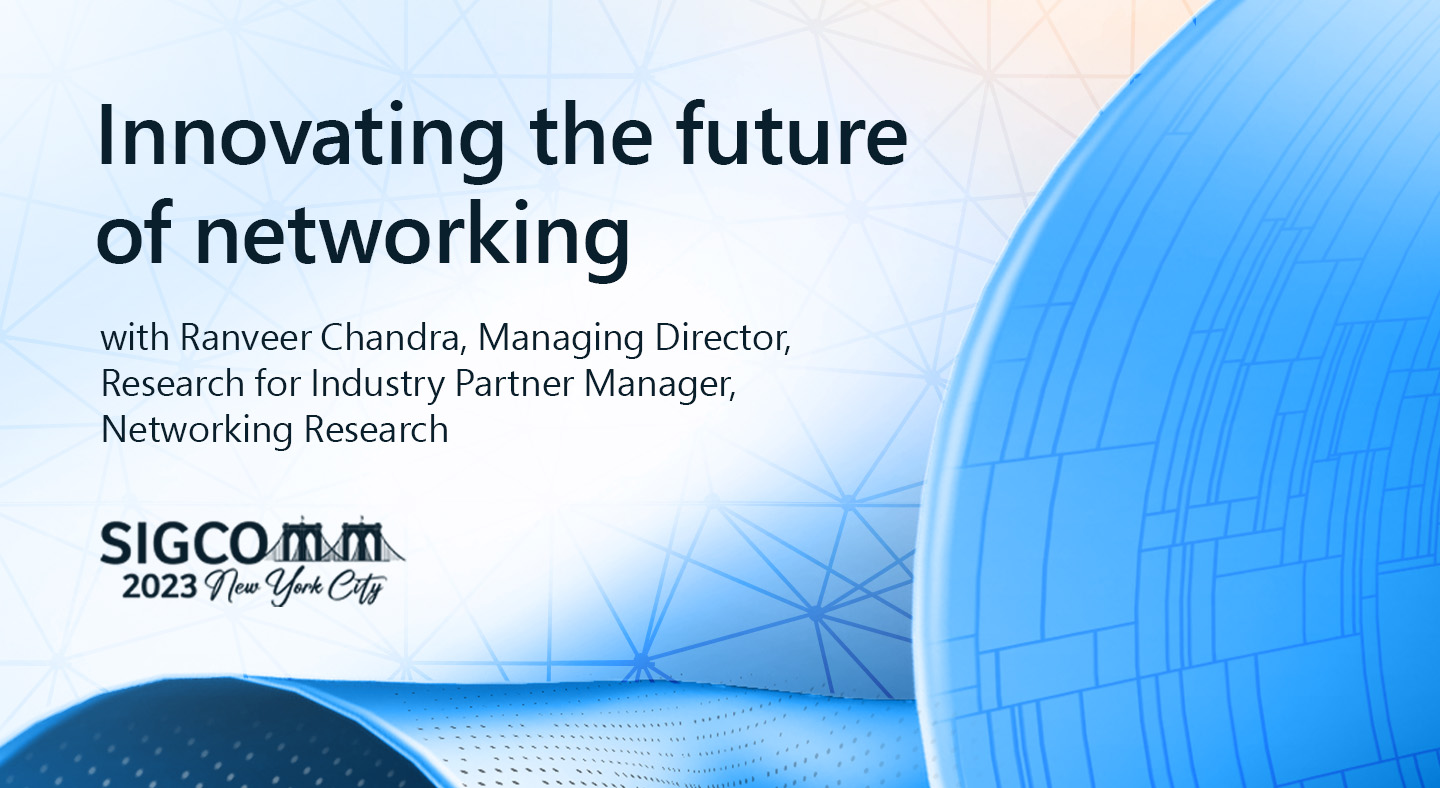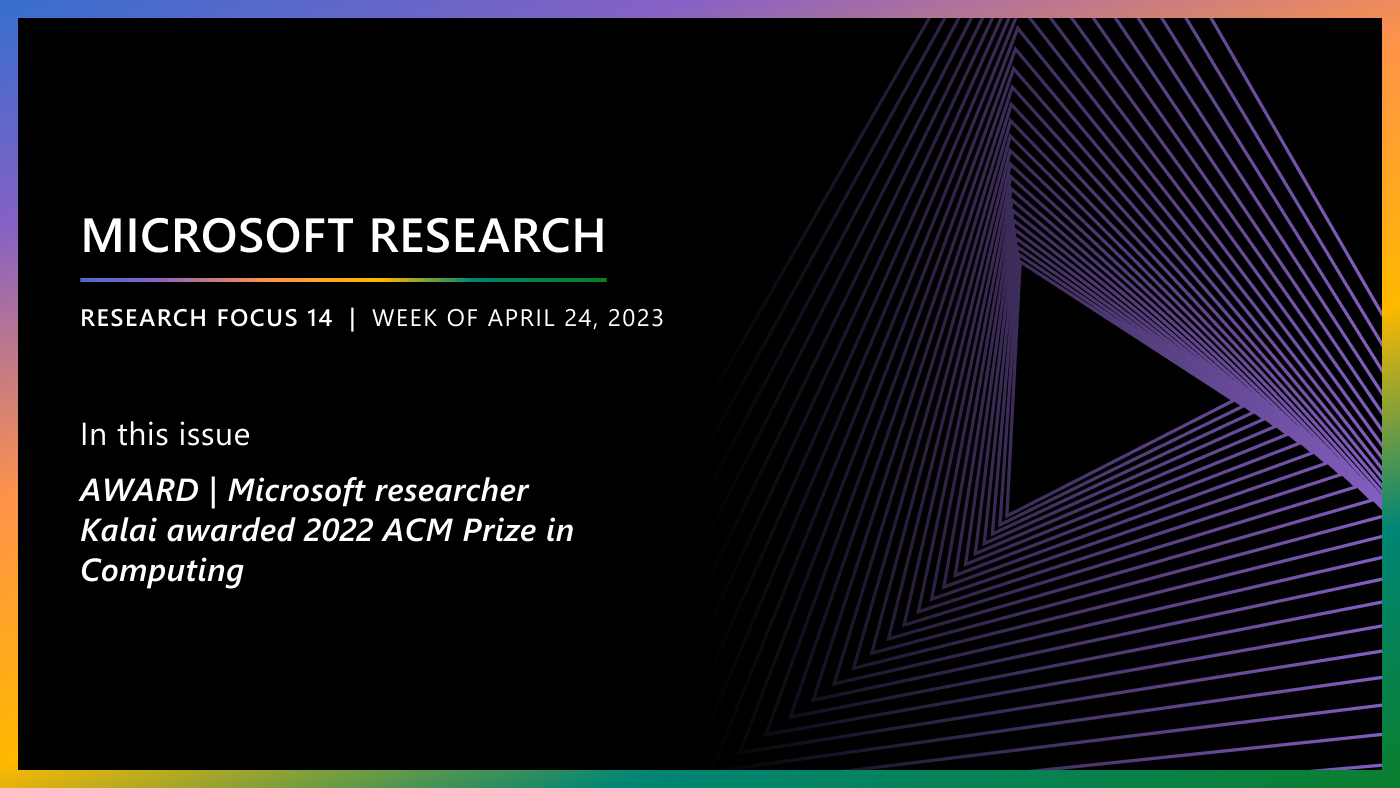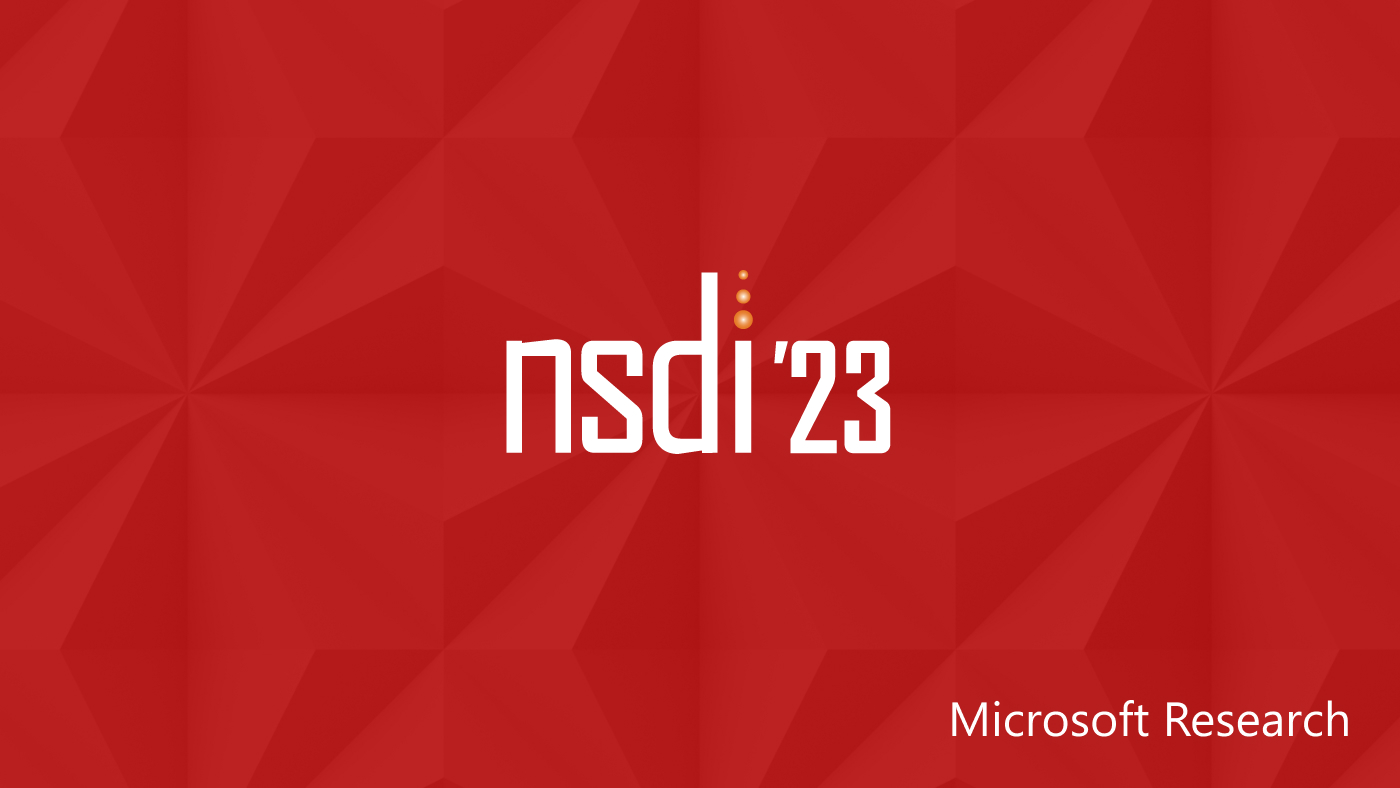
I spend my day working on problems related to transactions and accessing memory on one computer using the computer processing unit, or CPU, of another computer, a technology known as remote direct memory access, or RDMA. While the technology has been around for many years in high-performance computing, it is just now gaining widespread traction in the systems research community as a way to maximize operating efficiency in datacenter networks.
For example, at the recent ACM Symposium on Operating Systems and Principals, better known as SOSP 2017, my colleagues at Microsoft Research together with partners in academia presented a paper that illustrates how programmable network interface cards, or NICs, can make RDMA more flexible and thus help alleviate a bottleneck at CPUs in datacenters.
Spotlight: blog post
The research represents a novel application of field programmable gate array, or FPGA, technology that is powering Microsoft’s supercomputing substrate known as Project Catapult that can accelerate efforts in networking, security, cloud services and artificial intelligence.
The paper was one of eight presented at the conference by Microsoft researchers and software engineers. Other notable papers include the description of Komodo, an approach to achieving data and code security that is as robust as Intel Software Guard Extensions but more flexible and updatable; and a high-fidelity, cloud-scale emulator called CrystalNet that helps network engineers eliminate network downtime related to routine maintenance and upgrades as well as software bugs and human errors.
Beyond the conference papers, SOSP 2017 included its first-ever ACM Student Research Competition, which was sponsored by Microsoft Research and saw an impressive array of academic research.
Top prizes went to undergraduate Bandon Zhang from the University of British Columbia for the paper, “PGo: Corresponding a high-level formal specification with its implementation,” and graduate student Jon Gjengset from the Massachusetts Institute of Technology for the paper, “Xylem: flexible and high-performance structured storage via dynamic data flow.”
Also for the first time, the conference was held in Asia – in Shanghai, China – and attracted a record number of attendees, many of them local students. This was my first trip to China, and I enjoyed the opportunity to see the sights. On the last night of the conference, I joined a memorable cruise on the Huangpu River which afforded a view of the sun setting on the Shanghai skyline as the buildings lit up for the night and my fellow conference attendees and I talked shop.
Related:





